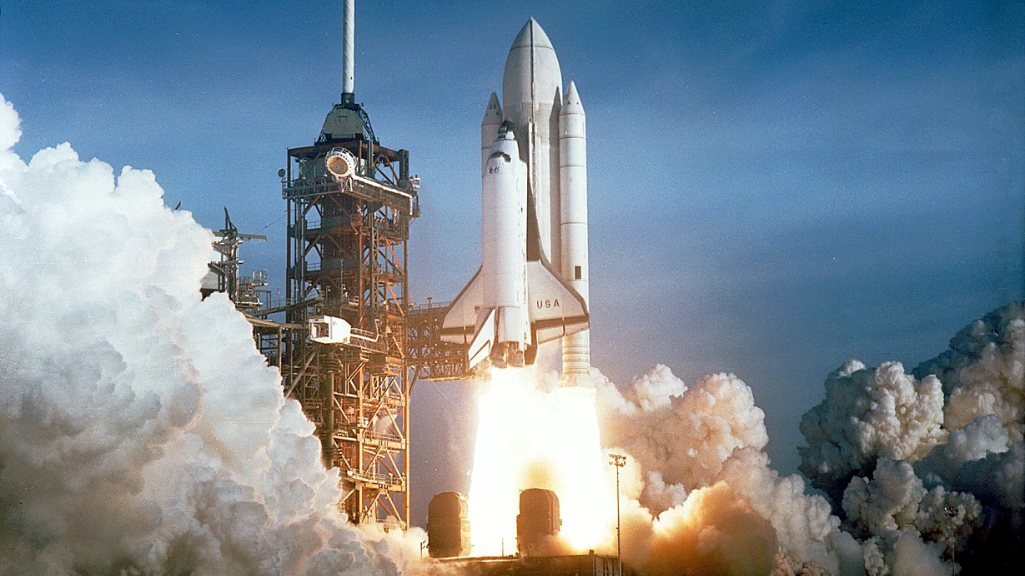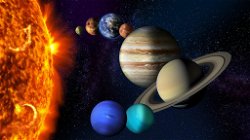The Remarkable Lives of Katherine Johnson: From Child Prodigy to NASA Trailblazer
Vihaan Disouza
. 3 min read
Long before the term “computer” came to signify the machine that dictates our lives, these remarkable women were working as human “computers” highly skilled professional reckoners, who thought mathematically and computationally for their living and for their country. When Neil Armstrong set his foot on the moon, his “giant leap for mankind” had been powered by womankind, particularly by Katherine Johnson the “computer” who calculated Apollo 11’s launch windows. Through the evolution of communication tools, like cam chat, individuals can now interact face-to-face, bridging distances and fostering collaboration in real-time.

Extraordinary Life of Katherine Johnson: From Child Prodigy to NASA Trailblazer
Katherine Johnson was born on August 26, 1918. She grew up in West Virginia. As a young child, Johnson liked to count. In school, this turned into a deep love for math. As a child, Katherine’s sharpness in mathematics was evident as she was great in calculations and playing with numbers. She earned a degree in mathematics with high honors and started working for NACA, NASA’s predecessor, where she worked with other black women in the West Computers division. She contributed to her male counterparts in analyzing flight test data and later provided necessary derivation for different space missions trajectories.
Remarkable Early Years of Katherine Coleman: From Child Prodigy to College Graduate at 18
Coleman’s intelligence and skill with numbers became apparent when she was a child; by the time she was 10 years old, she had started attending high school. In 1937, at age 18, Coleman graduated with highest honors from West Virginia State College (now West Virginia State University), earning bachelor’s degrees in mathematics and French. She subsequently moved to Virginia to take a teaching job.
In 1952, when she was 34 years old, she learned about jobs for Black women with mathematics and computing skills at the Langley laboratory at the National Advisory Committee for Aeronautics, which would later become NASA. She and the other women worked as “human computers,” figuring out the difficult calculations needed for spaceflight.
In June of 1953, Johnson was offered a position at NACA as a “Computer”
She stood out from the other computers due to her curiosity. She was constantly asking questions and wanted to learn as much as she could about NACA (now known as NASA) and her position. Eventually, she began attending meetings- at the time she was the only woman in these rooms- and a bit later she became a team member who worked on different projects for NASA. She worked for NASA for more than 30 years before retiring in 1986.
As a NASA employee, Johnson figured out the paths for spacecrafts to orbit Earth and a bit later her calculations were used to help send astronauts to the Moon and back. Even today her work “remains at the core of human space travel”. Her calculations were also “crucial to the success of the Apollo lunar program”.
In 1970, she also contributed to the Apollo 13 moon mission
At the moment when the mission was officially aborted, she made calculations that primarily focused on a backup plan, her provided navigation charts ensured the crew to safely back to the Earth. In 2015, President Barack Obama awarded her the Presidential Medal of Freedom, proclaiming, “Katherine G. Johnson refused to be limited by society’s expectations of her gender and race while expanding the boundaries of humanity’s reach.”
In 2017, NASA dedicated a building in her honor, the Katherine G. Johnson Computational Research Facility, at its Langley Research Center in Hampton, Va.
Breaking Barriers: Katherine Johnson's Remarkable Career and Fight Against Discrimination
Although Johnson’s work was crucial for the success of many space missions, she faced great discrimination. For her beginning years at NASA, Johnson could not put her name on any reports because she was a woman. Johnson once said that women had to be “assertive and aggressive” at that time to get the recognition they deserved. Also, as a person of color, she and her fellow African American workers had use separate bathrooms and lunchrooms. Even in the face of blatant segregation, Johnson continued to fight to advance her career and status in society.
Katherine Johnson is an inspiration to people everywhere for accomplishing what she did in the face of great adversity. She was highlighted in the 2016 film Hidden Figures. Johnson is fully deserving of these honors and more because she never submitted to the limits put on her by society. She was always willing to reach for the stars.
Conclusion
In conclusion, Katherine Johnson's extraordinary life and remarkable career are a testament to her incredible intelligence, determination, and perseverance. Her love of math and numbers started at a young age and led her to work as a "human computer" for NASA. Her calculations were vital to the success of many space missions, including the Apollo 11 moon landing. Despite facing discrimination and barriers due to her gender and race, Johnson never gave up and fought for recognition and advancement. Her work and legacy continue to inspire people around the world. Johnson's story reminds us that with hard work and determination, anything is possible, and we should always strive to reach for the stars.
More Stories from
Lessons from Space Disasters: Critical Importance of Space Safety Practices
This article explores the devastating consequences of space disasters resulting from failures in technology, design, and management.
Challenges of Searching for Life on Neptune
This article discusses the challenges in the search for life on Neptune due to the planet's extreme atmospheric conditions.
Exploring the Final Frontier: A Glimpse into the World of Space Research
From probing distant galaxies with space telescopes to charting the potential for human life on other planets, this article provides a glimpse into the evolving field of space research.
Connected Cosmos: Embracing the Future of Space Exploration with Video Chat
Discover the potential for human colonization of other planets, breakthrough propulsion systems, and the expansion of our knowledge of the universe through space-based astronomy.
Chandrayaan-3: India's Ambitious Lunar Mission for Scientific Exploration
Chandrayaan-3, India's third lunar mission led by ISRO, aims to overcome past challenges and demonstrate soft landing capabilities on the Moon.








.png?width=40&aspect_ratio=1:1)


